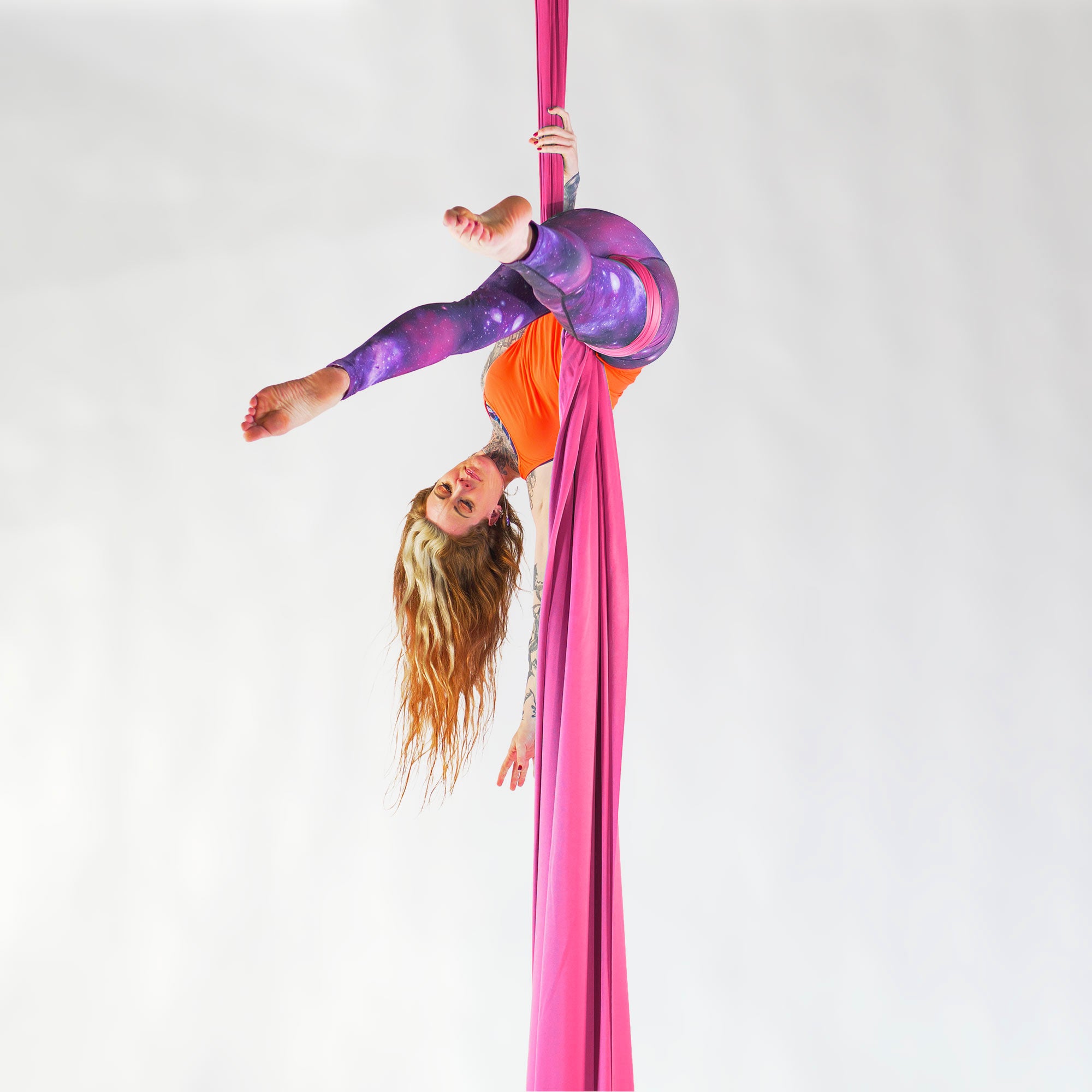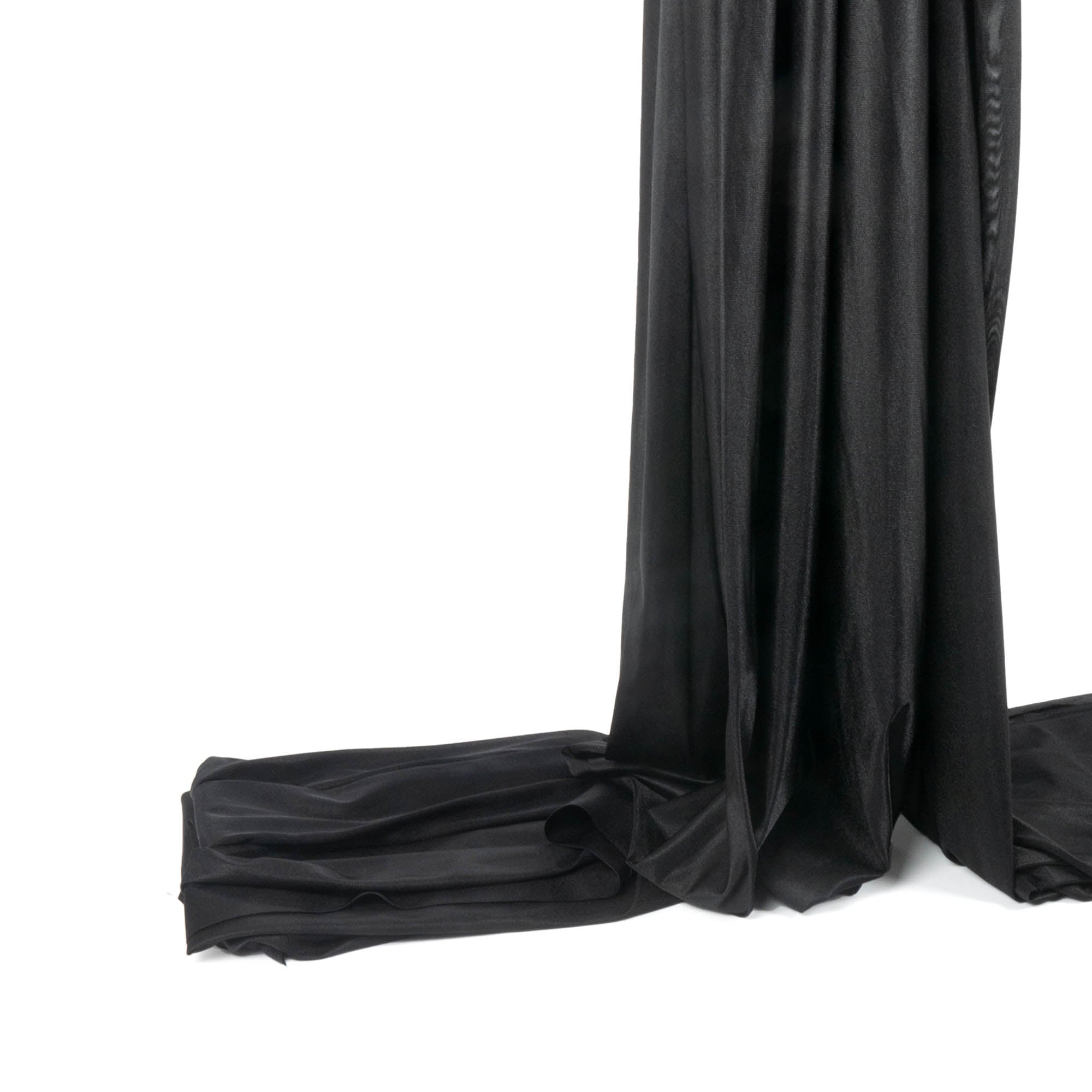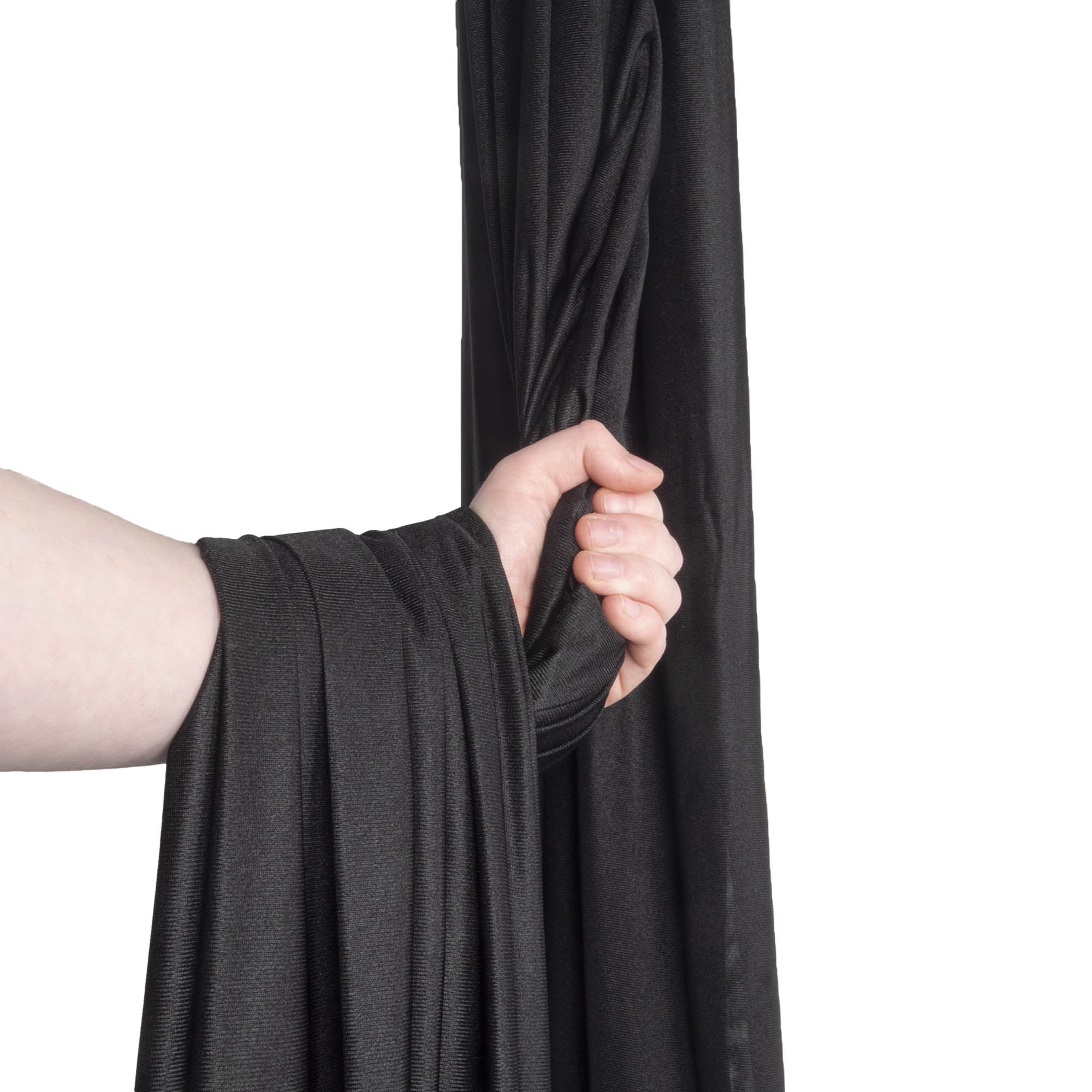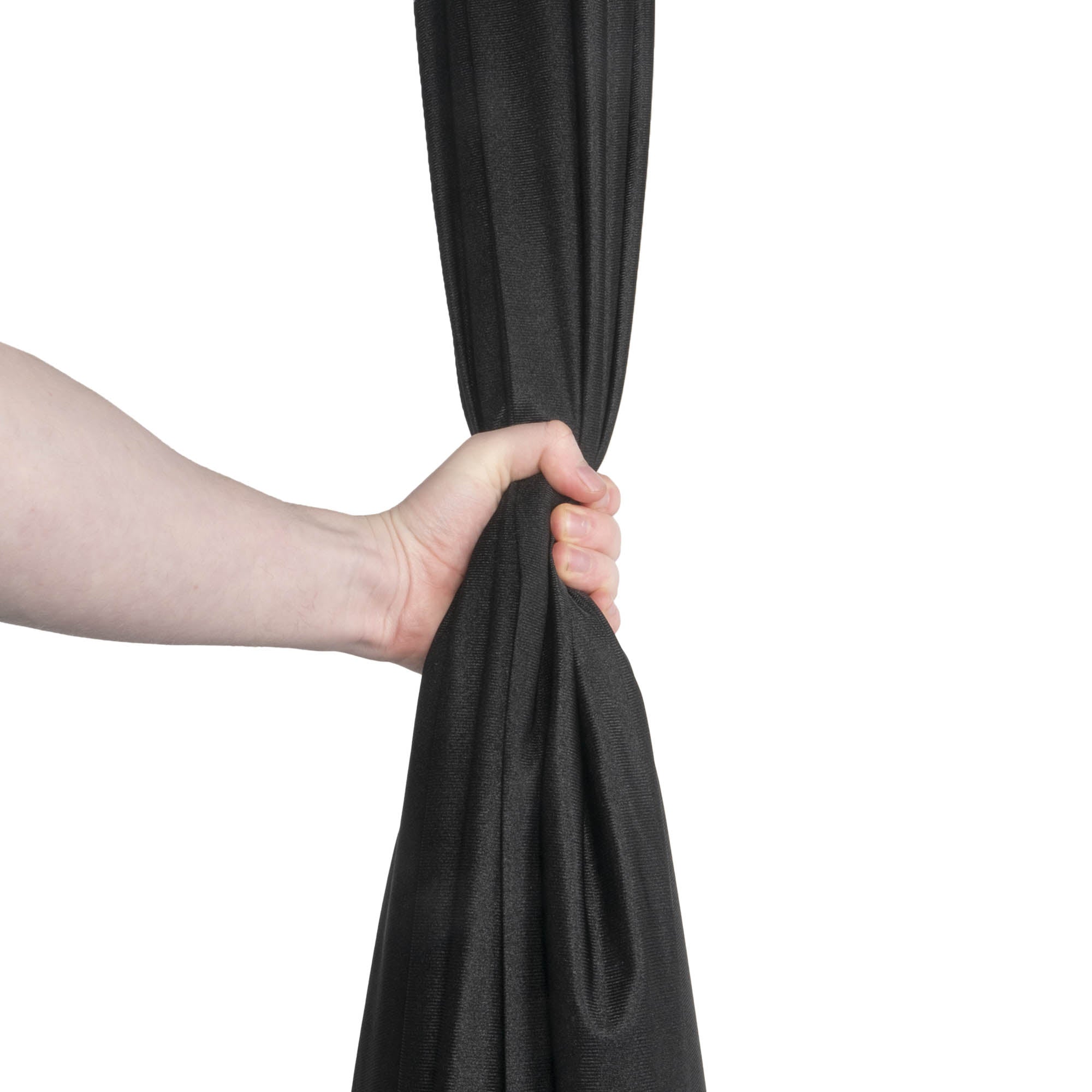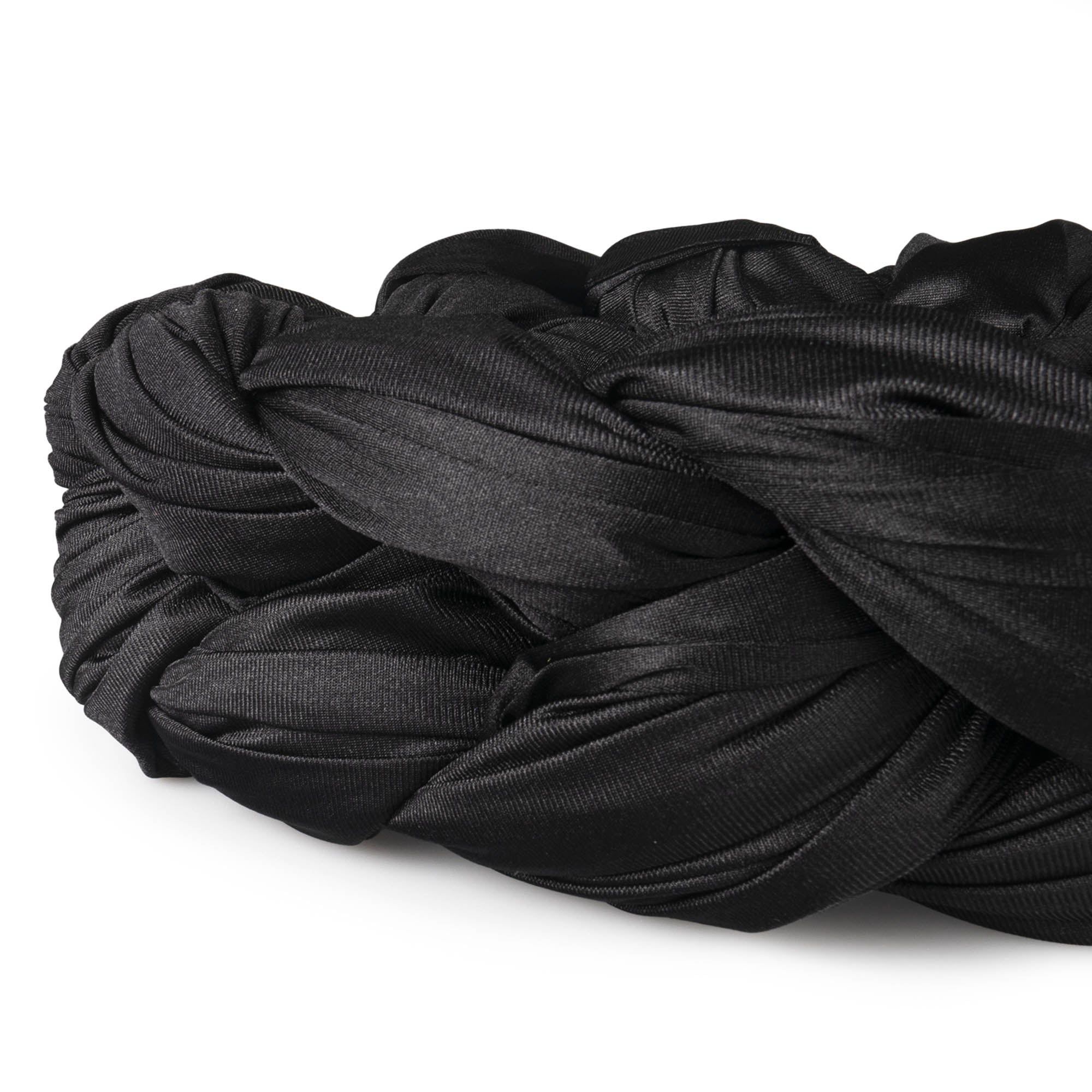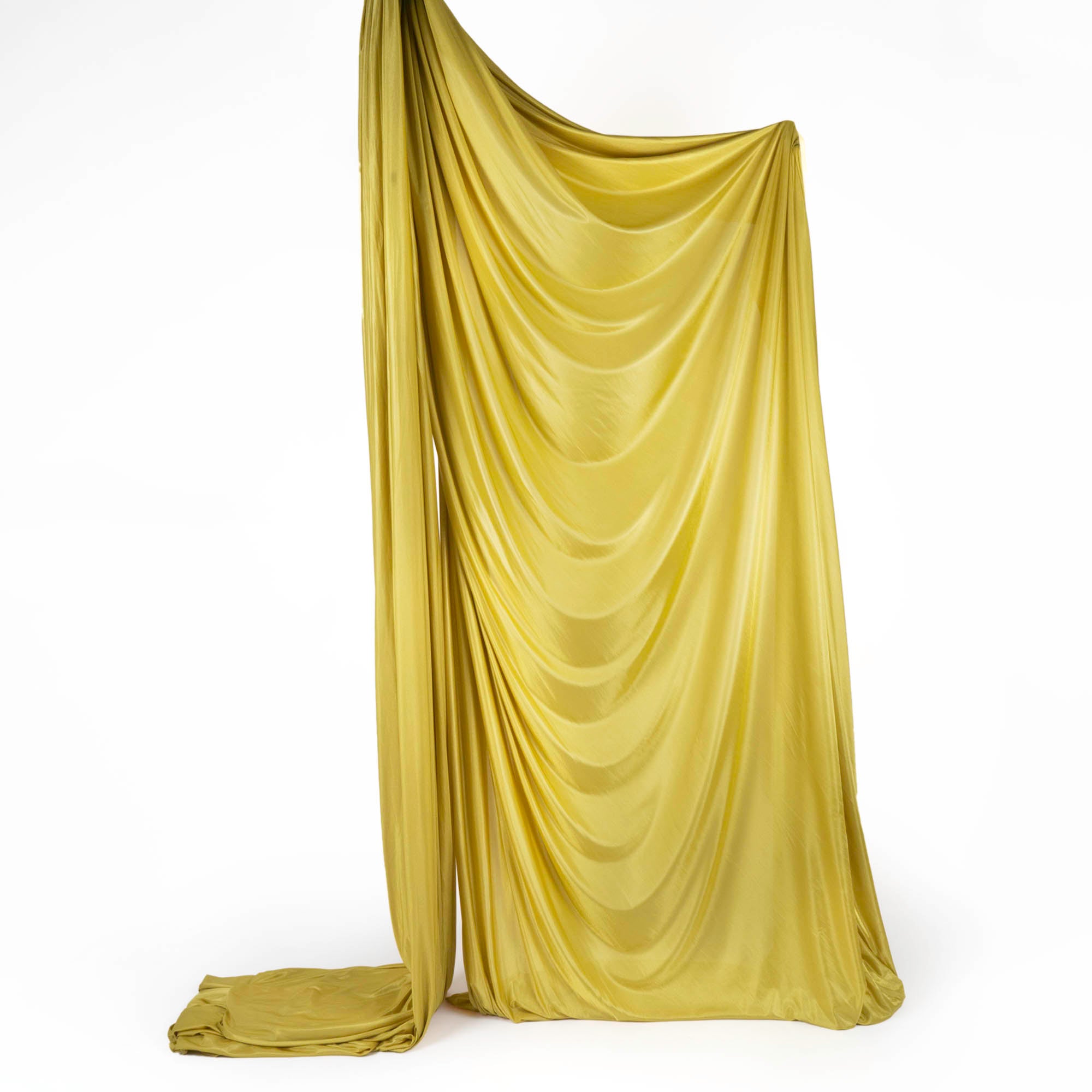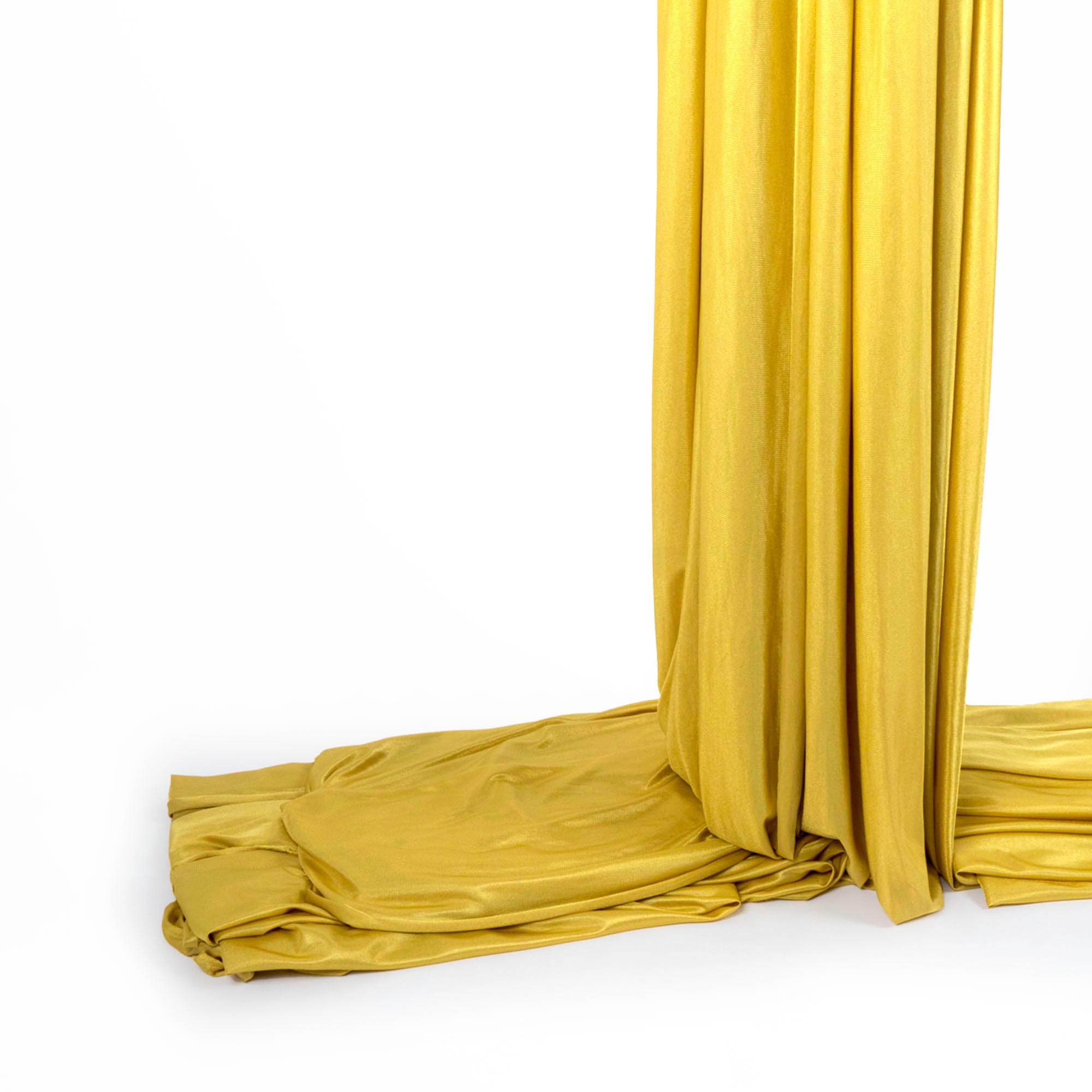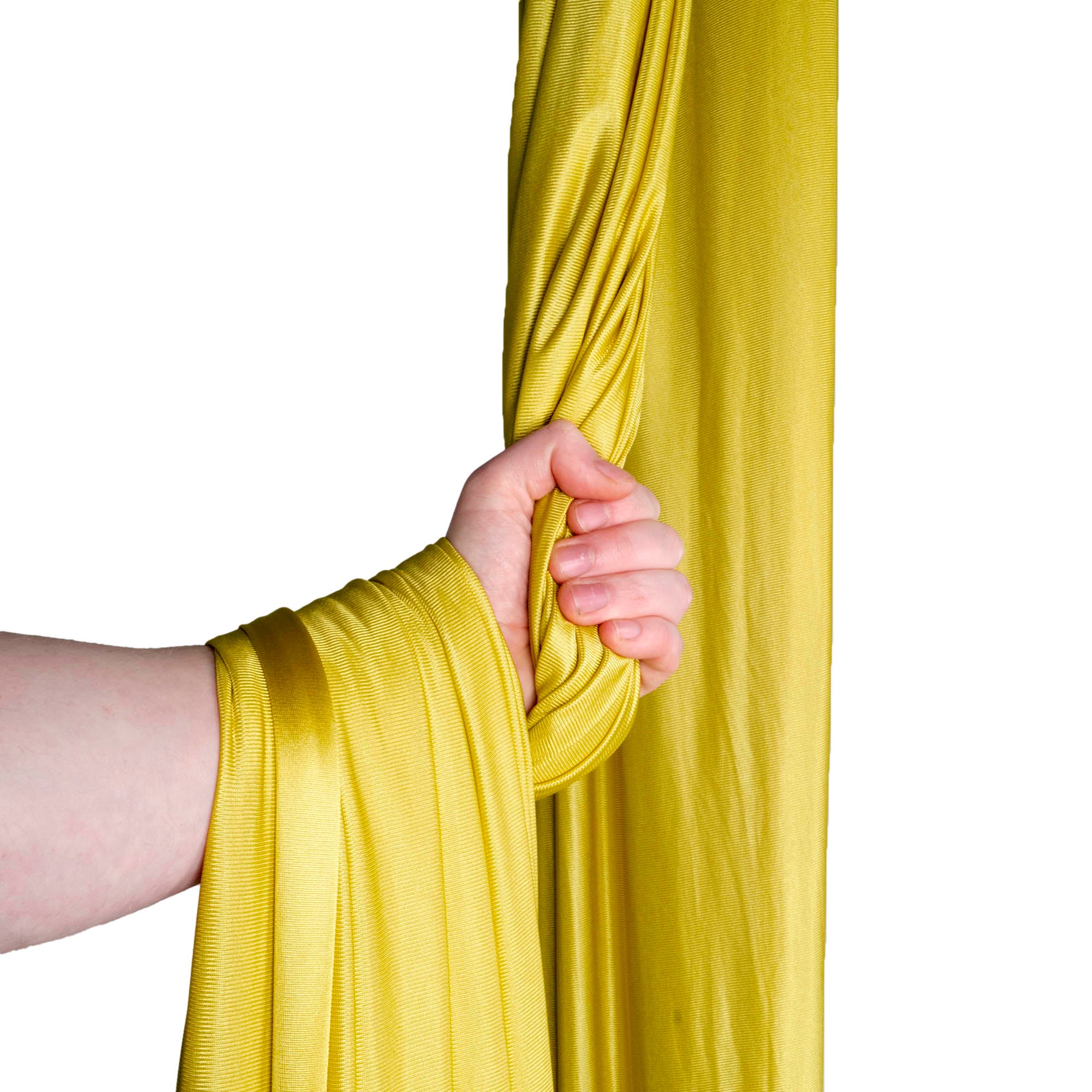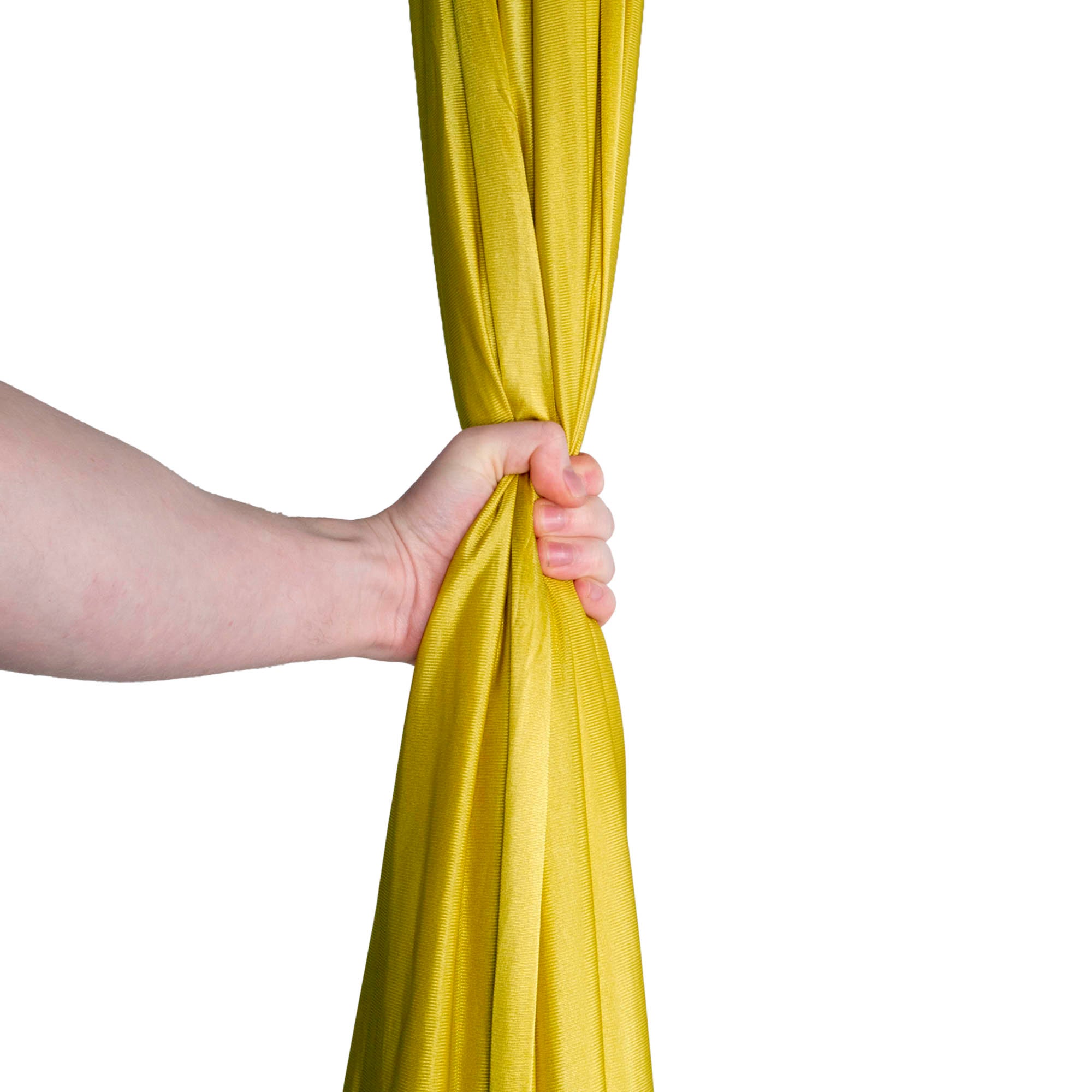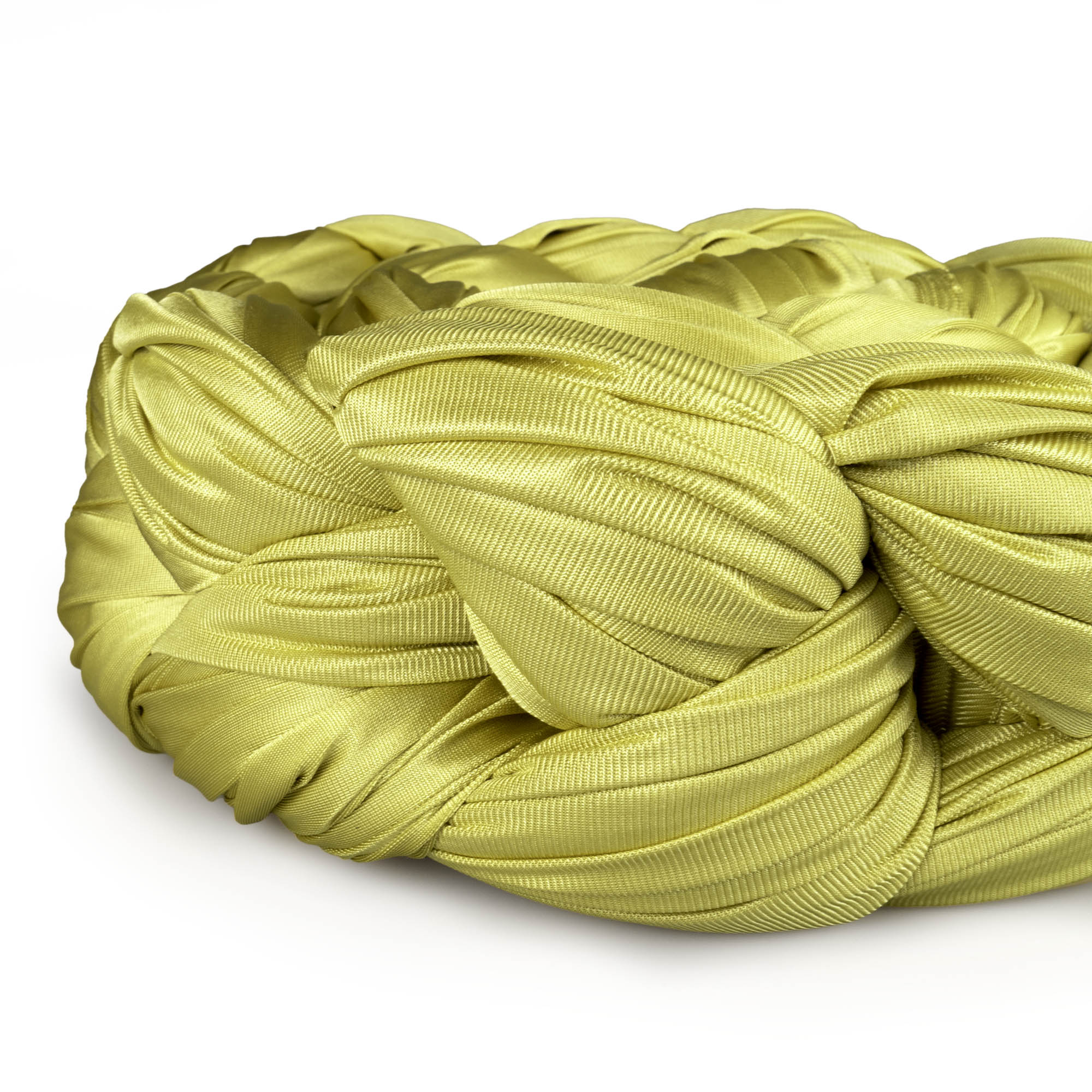Welcome to a series of articles on aerial rigging, supported by videos from Circus Rigging & Safety, sponsored by Firetoys.
This time we will be discussing how to inspect your aerial silks and what to do if you discover any damage to them.
Why this is important
All aerial equipment should come with a lifespan from the manufacturer. This is usually a timespan (i.e 3 years) or hours of use (i.e 300). Often it will be whichever is reached first. Equipment will still need to be regularly inspected for damage and wear. Failure to maintain your equipment and identify any wear could result in safety issues and potential injury. Regular inspections will also help increase the lifespan of your equipment (within the manufacturing guidelines).
How to inspect your silks
- We recommend finding an empty space to lay your silks out on, either a table or a clean floor /mat.
- Make sure to remove any rigging and knots in the fabric as you will want to be able to check these areas.
- Check along the full length of the silk, looking out for any small holes and ladders.
Tips for long life
Certain conditions are likely to decrease the lifespan of fabric and rigging and it's important to be aware of these so you can avoid or reduce the risk as much as possible. Some materials and colours are particularly sensitive to UV lights. This can not only fade the colour but potentially reduce the strength of the fabric. Avoid leaving silks and hammocks in direct sunlight or under bright lights for extended periods of time.
Always remove jewellery before starting training and avoid wearing clothes with zips or anything that could get caught on the fabric.
If you find your fabric is in need of a wash, check with the manufacturer to see what is recommended. (We have a guide on how to wash aerial silks here!) Generally, fabric should be washed at a low temperature or cold, without detergent or fabric softener. It should then be hung in a well-ventilated area for natural drying.
Store your equipment in bags or boxes and make sure they are kept dry. If you store them in plastic containers, make sure they're open to avoid condensation.
Keep a log of the usage and note down any imperfections you find.

Slack drops
All Aerial fabrics are prone to reaching high temperatures during long or high energy slack drops, this can result in small melted patches, and even holes. These holes are caused by the friction of the fabric rubbing against itself and the performer during high speed movement. Nylon and low stretch fabrics are more susceptible, so the stretchy polyester of the Firetoys Silks is slightly less prone to this phenomenon. However, you should always take care when practicing slack drops, and be aware of the high amount of friction you can generate during these drops.
If you regularly perform slack drops, you will need to inspect the full length of your fabric regularly, and the fabric will need replacing more often.
Small holes and ladders
If you find a small hole or ladder running vertically down the silk then it's possible it can be repaired and without affecting the overall strength of the silk. Small holes can be sewn and nail polish can be used to stop ladders from getting worse. If in doubt, always contact the manufacturer who will be able to advise.
More in this series
for more posts like this, check out all of our rigging posts here


